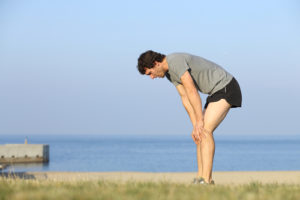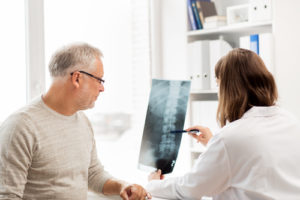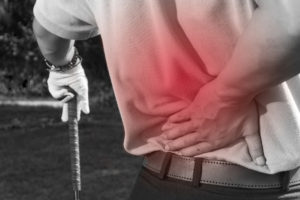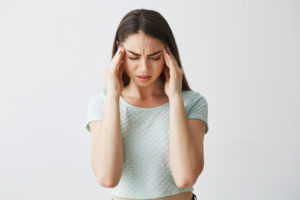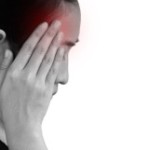 When you get injured, your first thought may be to make an appointment directly with an orthopedic surgeon, chiropractor or sports medicine physician. However, a physiatrist helps a wide range of patients, including those suffering from injury, disease or musculoskeletal pain.
When you get injured, your first thought may be to make an appointment directly with an orthopedic surgeon, chiropractor or sports medicine physician. However, a physiatrist helps a wide range of patients, including those suffering from injury, disease or musculoskeletal pain.
Physiatrists prefer to take a non-surgical approach to rehabilitation and are dedicated to problems of the musculoskeletal system. Consulting with a physiatrist before seeking surgical treatment can be a valuable decision. Physiatrists offer big-picture insight to help patients understand their full spectrum of treatment options.
The Big Picture
Physiatrists study the big picture and, because their training is broad, it allows them to look at the total body rather than just one organ. By considering other areas of the body, physiatrists can be helpful for pinpointing difficult-to-diagnose pain by examining the relationships of all the moving parts of the body. A physiatrist’s goal is to restore functionality in patients living with injuries, diseases and disorders.
Physiatrists often act in concert with a patient’s other physicians, such as primary care doctors and neurologists — or even spearhead a team of medical professionals to optimize a patient’s treatment.
By having a physiatrist assume a central role in your recovery, they will create your step-by-step plan for rehabilitation, orchestrating the entire therapeutic team. Physiatrists enlist the support of many experts, including physical therapists, occupational therapists, psychologists, care managers, and other needed physicians and professionals.
Physiatrists can use non-surgical procedures to treat injury and illness, and manage pain. This can involve a range of therapies, including prescribing adjuvant and analgesic medications to help with function recovery, strength and flexibility exercises; aids such as braces and wheelchairs are often employed. For those needing surgical procedures, consulting a physiatrist before and after surgery can be can be very helpful in speeding up recovery and maintain functionality. (See last week’s blog.)
Because a physiatrist focuses on functional wellness, they tailor your treatment to your needs. If you simply want to climb the stairs or be able to play on the floor with your children, your treatment program may be different than an injured Olympic athlete hoping to compete professionally again. Whatever your needs, a physiatrist can help get you there.
What Procedures do Physiatrists Perform?
- Electromyography (EMG): Inserting fine needle electrodes into muscles to measure the performance of muscles and nerves. This helps physiatrists discern if weakness is due to dysfunction of the muscles or nerves.
- Nerve conduction studies (NCS): Using electrodes to establish the location of a nervous system injury.
- Peripheral joint injections: Injecting bone and soft tissues to help diagnose and treat disorders.
- Trigger point injections: Using lidocaine or dry needling on trigger points to ease soft tissue pain.
- Musculoskeletal ultrasound: Using internal imagery through an ultrasound to evaluate soft tissue abnormalities, and to guide injections.
- Spasticity management: Using oral antispasticity agents to treat spasticity after CNS injury (stroke, cerebral palsy, etc.), and to help relieve pain.
Physiatrists may also provide treatments such as image-guided spinal diagnostics and injections, epidural injections, radiofrequency ablation; and other procedures like acupuncture and stem cell treatments.
If you or someone you know is suffering from musculoskeletal pain, injury, or disease, talk to your physician about being referred to a Michigan Spine and Pain physiatrist. We strive to be a model physiatrist practice through continual education and dedication to providing quality care.
